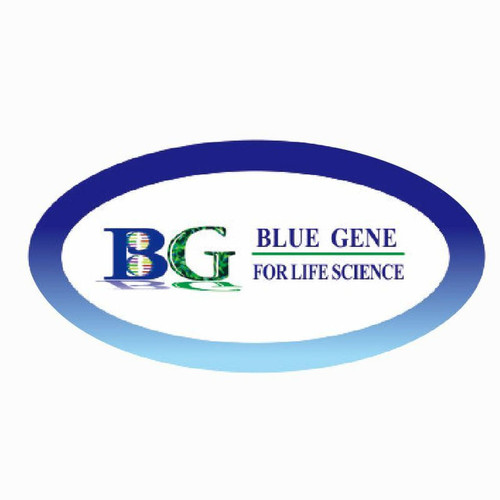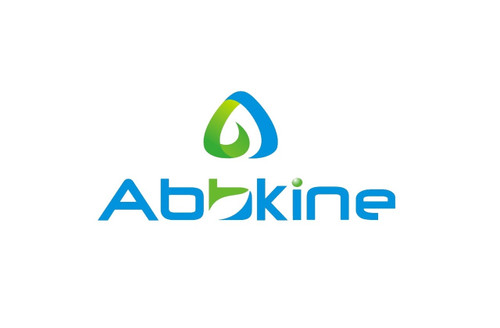Product Description
Human Retinoic acid receptor alpha (RARA) ELISA Kit | AE24375HU | Abebio
Species Reactivity: Human (Homo sapiens)
Abbreviation: RARA
Alternative Name: NR1B1; RAR; Retinoic acid receptor; alpha polypeptide|nucleophosmin-retinoic acid receptor alpha fusion protein NPM-RAR long form
Application: ELISA
Range: 0.156-10 ng/mL
Sensitivity: 0.056 ng/mL
Intra-Assay: ≤5.4%
Inter-Assay: ≤9.7%
Recovery: 0, 98
Sample Type: Serum, Plasma, Other biological fluids
Detection Method: Sandwich
Analysis Method : Quantitive
Test Principale: This assay employs a two-site sandwich ELISA to quantitate RARA in samples. An antibody specific for RARA has been pre-coated onto a microplate. Standards and samples are pipetted into the wells and anyRARA present is bound by the immobilized antibody. After removing any unbound substances, a biotin-conjugated antibody specific for RARA is added to the wells. After washing, Streptavidin conjugated Horseradish Peroxidase (HRP) is added to the wells. Following a wash to remove any unbound avidin-enzyme reagent, a substrate solution is added to the wells and color develops in proportion to the amount of RARA bound in the initial step. The color development is stopped and the intensity of the color is measured.
Product Overview: The retinoic acid receptor (RAR) is a type of nuclear receptor which is activated by both all-trans retinoic acid and 9-cis retinoic acid. There are three retinoic acid receptors (RAR), RAR-alpha, RAR-beta, and RAR-gamma encoded by the RARA, RARB, RARG genes respectively. Each receptor isoform has several splice variants: two- for alpha, four- for beta and two- for gamma.As with other type II nuclear receptors, RAR heterodimerizes with RXR and in the absence of ligand, the RAR/RXR dimer binds to hormone response elements complexed with corepressor protein. Binding of agonist ligands to RAR results in dissociation of corepressor and recruitment of coactivator protein which in turn promotes transcription of the downstream target gene into mRNA and eventually protein.
Stability: The stability of ELISA kit is determined by the loss rate of activity. The loss rate of this kit is less than 5% within the expiration date under appropriate storage condition. The loss rate was determined by accelerated thermal degradation test. Keep the kit at 37°C for 4 and 7 days, and compare O.D.values of the kit kept at 37°C with that of at recommended temperature. (referring from China Biological Products Standard, which was calculated by the Arrhenius equation. For ELISA kit, 4 days storage at 37°C can be considered as 6 months at 2 - 8°C, which means 7 days at 37°C equaling 12 months at 2 - 8°C) .
 Euro
Euro
 USD
USD
 British Pound
British Pound
 NULL
NULL








